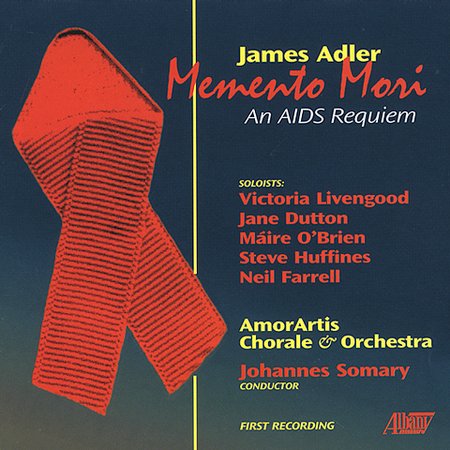
Faust, Frederic
The Arisaka family of Japanese military bolt-action service rifles was first issued in 1897, when it replaced the Murata series of rifles, until the end of the Second World War II in 1945. The most common specimens include the Type 38 chambered for the 6.5×50mmSR Type 38 cartridge and the Type 99 chambered for the 7.7×58mm Type 99 cartridge, which was comparable to a modern .308 round. Soldiers brought thousands of Type 99s and other Arisaka variants to the United States as war trophies during and after World War II.
Find out about the part played by the rifle's namesake Colonel Arisaka and learn about this esteemed battle rifle's fascinating history and evolution. This book covers the following Arisaka rifles and carbines built at several factories in Japan and China:- Type 38 Rifle, adapted in 1905, also known as San-Hachi-Shiki Hoheiju, was produced to supplement the Type 99 standard infantry rifle adopted by the Imperial Japanese Army in 1905 until the end of the Second World War.
- Murata M-13 was created in 1880, a single-shot rifle that fired a black powder, brass cartridge.
- Murata M-18, almost identical to M-13 with simplified parts, was used in the Japan-China War of 1889.
- Murata M-22 features a seven-shot tubular magazine.
- Type 30 This bolt action uses five round clip developed by General Arisaka.
- Type 35. Kijiro Nambu's first rifle was produced for the Japanese Navy, based on the M-30 and M-38 rifles.
- Type 38. Designed by Kijiro Nambu, a classic among original Japanese small arms.
- Type 38 Carbine. Issued to the cavalry, engineers, quartermasters, and other troops introduced concurrently with the Type 38.
- Chinese Six/Five Infantry. Chinese copies of the Japanese Type 38 were used from the 1920s into the 1930s.
- Type 38 Cavalry. Type 38s converted to cavalry rifles at Nagoya arsenal.
- Type 44 Carbine. When viewed from the middle and back resembles the Type 38 Carbine.
- Type 97. The scoped sniper rifle was introduced in 1937 and founded on Type 38.
- Type 99. An upgraded version of the M-38 with the same length as the M-38.
- Type 99 sniper rifle.
- Type 918, manufactured at the South Manchuria Army Arsenal, are based on Type 38.
- North China Type 19 Carbines, said to have been manufactured for puppet troops.
Generously illustrated with pictures of the rifles. You will find a table of maker's marks (Nagoya, Kokura, Koishikawa et Cetera) in the back of the book.
Click the Buy Now button at the top of this page to add this title to your Arisaka library.
member goods
listens & views

MEMENTO MORI: AIDS REQUIEM
by ADLER / LIVENGOOD / DUTTON / O'BRIEN / SOMARY
COMPACT DISCout of stock
$14.75






